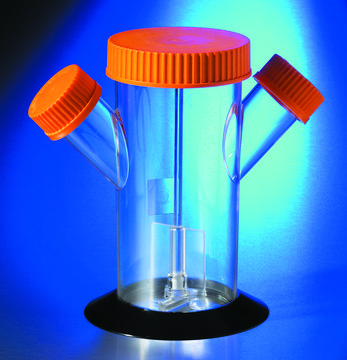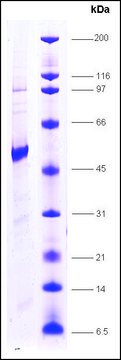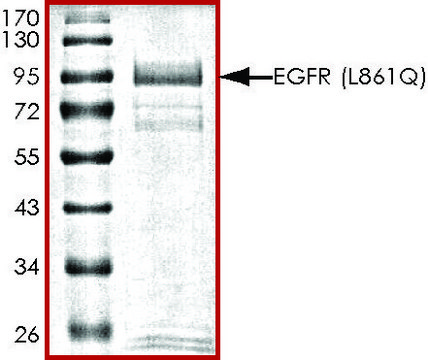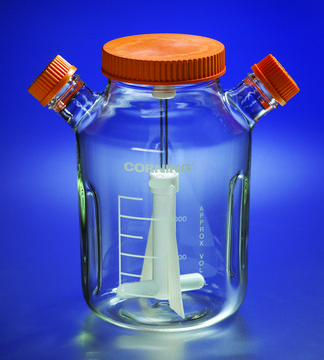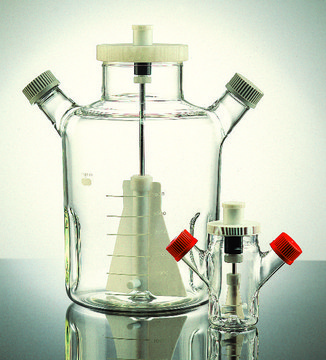SRP2127
TR, α1, GST tagged human
recombinant, expressed in E. coli, ≥70% (SDS-PAGE)
Synonym(s):
AR7, EAR7, ERB-T-1, ERBA, ERBA1, MGC000261, MGC43240, NR1A1, THRA1, c-ERBA-1
About This Item
Recommended Products
biological source
human
recombinant
expressed in E. coli
assay
≥70% (SDS-PAGE)
form
frozen liquid
mol wt
~81.5 kDa
packaging
pkg of 10 μg
storage condition
avoid repeated freeze/thaw cycles
concentration
350 μg/mL
color
clear colorless
NCBI accession no.
1 of 4
This Item | SRP2046 | SAB2501036 | SRP5325 |
|---|---|---|---|
| assay ≥70% (SDS-PAGE) | assay ≥80% (SDS-PAGE) | assay - | assay ≥70% (SDS-PAGE) |
| recombinant expressed in E. coli | recombinant expressed in insect cells | recombinant - | recombinant expressed in baculovirus infected Sf9 cells |
| biological source human | biological source human | biological source goat | biological source human |
| concentration 350 μg/mL | concentration 500 μg/mL | concentration - | concentration - |
| mol wt ~81.5 kDa | mol wt ~56.5 kDa | mol wt - | mol wt ~89 kDa |
| form frozen liquid | form frozen liquid | form buffered aqueous solution | form buffered aqueous glycerol solution |
Biochem/physiol Actions
Physical form
Preparation Note
Storage Class
10 - Combustible liquids
wgk_germany
WGK 1
flash_point_f
Not applicable
flash_point_c
Not applicable
Choose from one of the most recent versions:
Certificates of Analysis (COA)
Don't see the Right Version?
If you require a particular version, you can look up a specific certificate by the Lot or Batch number.
Already Own This Product?
Find documentation for the products that you have recently purchased in the Document Library.
Customers Also Viewed
Our team of scientists has experience in all areas of research including Life Science, Material Science, Chemical Synthesis, Chromatography, Analytical and many others.
Contact Technical Service